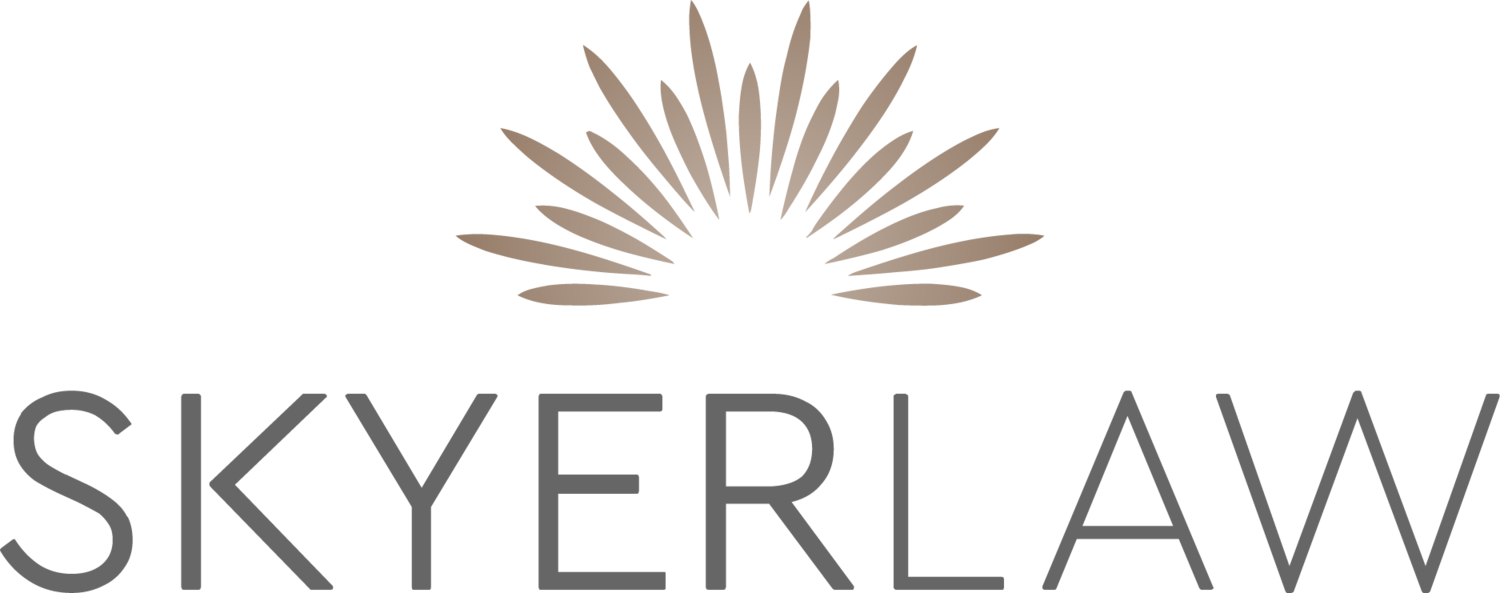There is a lot going on in Washington, DC right now. But there is one ball we cannot afford to take our eyes off of: the American Health Care Act (AHCA), which was passed by the US House of Representatives only last week and is now up for consideration by the US Senate.
We have been watching the progress of the AHCA closely. Here are some of the issues we think our clients should be aware of.
Unprecedented Medicaid Cuts
The meat of the bill is the massive defunding of Medicaid by 25% of its entire budget—a total of an astounding $880 billion in cuts by 2026.
Medicaid is arguably our nation’s most critical entitlement, providing health insurance and services for 75 million Americans. But focusing for a moment on our own client community, it touches special needs children’s lives in two very important ways: special education funding and Medicaid Waiver funding.
1. Special Education Funding
Since 1988, Medicaid has allowed schools to seek reimbursement for medically necessary services provided to Medicaid-eligible children with IEPs or IFSPs through Early Intervention. This includes diagnostic screenings (Early Periodic Screening Diagnostic and Treatment Benefits or EPSDT), related service instruction, counseling, social workers, school nurses, the purchase and updating of specialized and adaptive equipment and assistive technology, and more. Nationwide, schools currently receive roughly $4 billion in Medicaid reimbursements. If the AHCA becomes law, school districts will have the same obligations to provide these services for students with IEPs and IFSPs under the IDEA, but without these funds to do it.
What this means practically, is that the AHCA constitutes a $4 billion cut to special education. Whether your child goes to private school or public school, if they are Medicaid-eligible or not, cuts this significant to school districts will have a ripple effect.
You can learn more about how Medicaid cuts impact special education by reading the May 3rd New York Times article ("A Little Noticed Target in the House Health Bill: Special Education") and COPAA’s press statement ("Save Medicaid in the Schools!") from March 21st after the first version of the AHCA was introduced.
2. Medicaid Waiver Funding
Many of our clients whose children have significant disabilities receive Medicaid Waiver services. The $880 billion in proposed cuts (25% of the overall Medicaid budget) by 2026 would be implemented via a per capita cap on certain groups of people. These cuts would impact all Waiver services.
Because children constitute half of all Medicaid beneficiaries but less than 20% of Medicaid funds are allocated to them, the overall cuts impact children disproportionately. New York’s Waiver program allows qualifying children to receive home and community-based services. Many of our clients, particularly those with children on the autism spectrum or others with significant disabilities, receive family supports like respite services, or are able to get help paying for specialized recreation programs, therapeutic supports for developing self-help skills in the home, reimbursement for specialized medical or adaptive equipment, job coaching for young adults, transportation funds for medical or therapeutic appointments, toilet training and diapering supplies, and much more.
These programs are highly individualized to meet the specific needs of the child. And unlike school-based services under IDEA, there is no end date for these services; the Waiver program continues into adulthood, and the offerings evolve to meet the person’s changing needs.
“Pre-existing conditions”
The AHCA as-written would end the ACA/Obamacare’s ban on denying medical insurance to people with “pre-existing conditions.” Instead, it would require the creation of so-called “high-risk pools” that people with pre-existing conditions could join—a separate and very unequal way of insuring sick and disabled people by charging them more expensive premiums.
The big question for parents is, of course, is my child’s condition on “the list”? But there is no list; insurance companies will determine their own practices. This fact sheet by the Kaiser Family Foundation summarizes what was commonly declinable prior to the ACA. This gives us a sense of what insurance policies might look like in the future if this provision remains in the final law. We know that in the past many conditions and medications (like epilepsy, cerebral palsy, serious mental health issues, or coverage for some autism-related medications) applied to “our kids.”
What Next?
If these concerns resonate with you, we are told that the best thing to do is to contact your US Senators. However, New York’s two Senators, Senator Schumer and Senator Gillibrand, have already firmly stated their opposition to the AHCA.
Ultimately, this fight depends on turning more ‘yes’ votes into ‘no’ votes. So a more impactful strategy may be to encourage your friends and family who live in states with undecided or ‘yes’-declared Senators to make a phone call.
You can call any US Senator’s office by phoning the Senate switchboard and asking to be connected (202-224-3121). For email or district contact information, you can search on the contact page of the Senate website.
You can also write (snail mail) to any Senator using this convention:
Office of Senator (Name)
United States Senate
Washington, D.C. 20510
